What if you could train your body to burn fat for its primarily energy source? And not only would your body be more efficient at burning your own fat, but you’d have more energy and mental clarity throughout the day…
More and more people are learning about the concept of a ketogenic diet, in which the body burns primarily fat for an energy source as an alternative to the traditional carbohydrate-heavy standard American diet, and for good reason. Ketogenic diets have been shown to be effective for a variety of medical conditions, improve markers for metabolism and cholesterol, decrease inflammation, and enhance brain function (1, 2, 3).
One of the key components to how we use energy is the function of our mitochondria. Mitochondria are the energy factories of our cells, and actually one of the most important contributors to health, longevity, and well-being. In addition to ramping up the metabolism for tapping fat for energy, ketogenic diets are shown to increase the number of mitochondria in our cells, improve the function of our central nervous system, and improve our alertness and cognitive ability.
So although there’s plenty of reference material out there for the potential advantages of being in ketosis, there aren’t really any hard agreed-upon rules for how one can transition into and stay in a state of ketosis (i.e., producing fat-based ketones for energy). If we dive into the research a bit, there’s mixed reviews on effective approaches, but we’ll take a stab at summarizing them here and then develop some rules of thumb for when we want to be in a fat-burning metabolic state.
Fasting
Intermittent fasting is one way to allow the body to get into a fat burning mode. Many protocols for ketosis recommend a period without eating for several hours prior to eating high amounts of fat. But studies have shown that fasting is not necessary to become ketotic, and ratios of fat in the diet alone can effectively put people in ketosis (4). Now this begs the question as to what are the correct dietary ratios to get into ketosis... and this is where things get a bit fuzzy.
Ratio of Fat in the Diet
Many of the studies examining the effects of ketosis have traditionally been for epilepsy. There have been several medical protocols integrated to trigger ketosis. In one study (5), seizures of epilepsy patients were found to be reduced when less than 10% of calories were from carbohydrates, or in some cases restricted to less than 10g.
Recommendations from the International Ketogenic Diet Study Group are based on a ratio of grams of fat to grams of protein plus carbohydrate. In this setting, the most common prescribed ratios is 4 grams of fat to every 1 gram of combined protein and carbohydrate (6). This again comes out to around 90% total calories from fat .
Glycemic Index
In another study, success was found when the allowed carbohydrate was higher, on the order of 10-20% of overall calories, but restricted to 40-60g and low glycemic foods. Carbohydrates were required to have a glycemic index of less than 50 (7). This is definitely an interesting finding, since most whole foods are going to have a glycemic index of less than 50… meaning if you’re eating how you should be, you can maintain the fat-burning mode more easily!
Rules of Thumb
There are various factors like age and metabolic health that contribute to how a person utilizes fat for energy, and what the most effective ratio is. Also, the glucose response (or how a person responds to the sugar in carbohydrates) is dependent on the cooking methods and the accompanying foods eaten with the carbohydrates. Ahhh okay, so what are some rules of thumb to go by?
A tablespoon of butter or oil is about 100 calories
That means for a tablespoon of butter, you get about ½ a teaspoon of honey or ½ a tablespoon of pure whey protein
The carbohydrates in whole nuts and non-starchy vegetables are largely composed of fiber, so you can get away with eating plenty of healthy nuts and tons of dark leafy greens with butter or olive oil on them, and still be in a fat-burning mode
Ground beef (ideally from grass-fed cows) and other ruminant animals tends to give the right ratio of fats and proteins for ketosis
Intermittent fasting can be used by narrowing your window of eating and putting your body in a mode of fat-burning until the next meal
Having just fat in the morning, with even a little bit of protein (pay attention to the ratios) can be used as a ketogenic diet: that means coffee with high-quality cream or butter from grass-fed cows in it will work beautifully
So eat high amounts of healthy fat and whole foods, and you’re likely to at least cycle in and out of ketosis. This will teach your body to be in a fat burning mode, and yet avoid testing your adrenals too hard in a pure-fat or fasted environment. Pro tip: eat your whole-food carbohydrates closer to bedtime to improve your sleep!
So tell us. What’s your favorite ketogenic meal?
In Excellent Health,
Garrett & Luc

